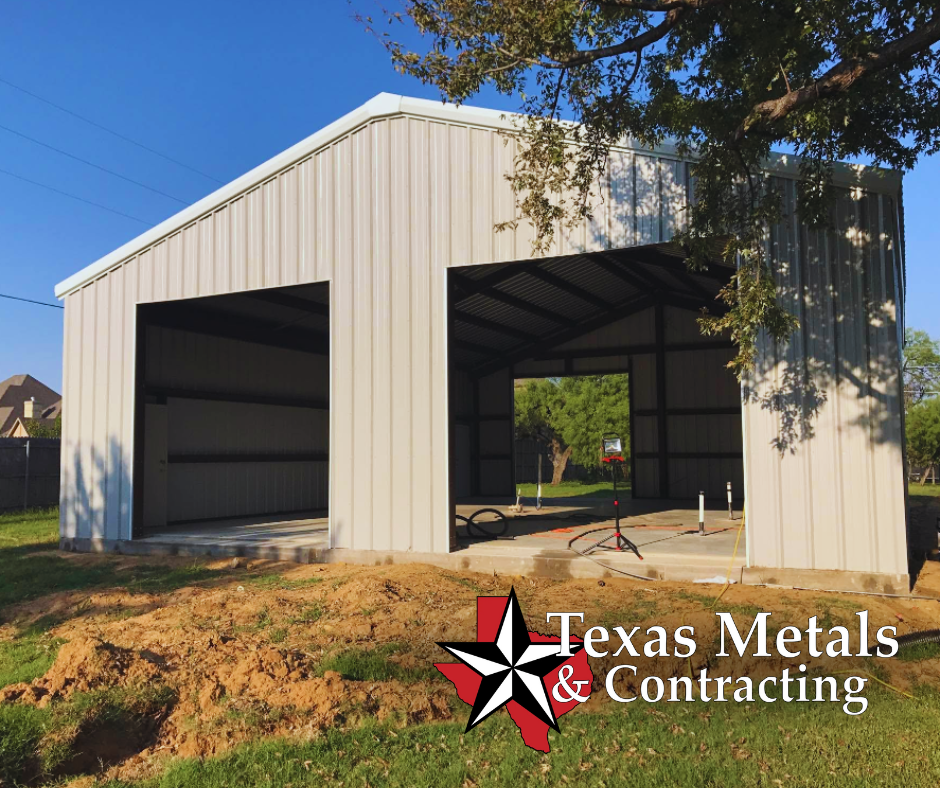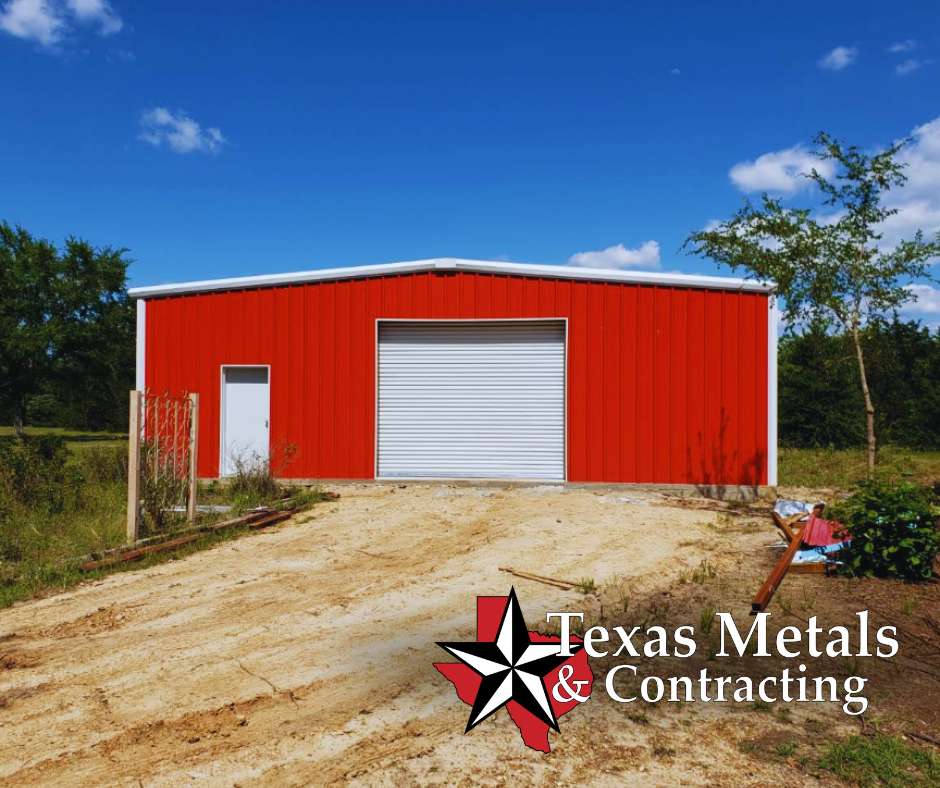Introduction
When planning the construction of a steel building, one of the most critical factors to consider is the thickness of the slab. The slab serves as the foundation of your building, and its thickness can significantly affect the building’s stability and durability. But how thick should a slab be for a steel building? This article will delve into the factors that determine the ideal slab thickness for your steel building.
- The Importance of Slab Thickness
- Factors Determining Slab Thickness
- Standard Slab Thickness for Steel Buildings
- Key Takeaways
- Frequently Asked Questions
The Importance of Slab Thickness
The slab thickness is not just about laying a slab of concrete and building on top of it. It’s about creating a stable and secure base that can support the weight of the steel structure. A slab that is too thin may crack under the weight, leading to costly repairs and potential safety hazards. On the other hand, a slab that is too thick can be unnecessarily expensive and time-consuming to install.
Understanding the Balance
Finding the right balance between these extremes is crucial. A properly sized slab can handle the weight of the building, withstand environmental conditions, and provide a level and firm surface for construction. It serves as the backbone of your building, providing structural integrity and longevity.
Factors Determining Slab Thickness
The correct slab thickness for a steel building depends on several factors:
- Building Size and Weight: Larger and heavier buildings require thicker slabs to support the additional weight.
- Soil Conditions: The type and condition of the soil where the building will be located can affect the slab thickness.
- Climate: Areas with extreme weather conditions may require thicker slabs to withstand the effects of freezing and thawing.
- Usage: The intended use of the building can also dictate the slab thickness. For example, a garage that will house heavy machinery will need a thicker slab than a simple storage shed.
Standard Slab Thickness for Steel Buildings
The industry standard for slab thickness in steel buildings is generally between 4 and 6 inches. However, this can vary depending on the factors mentioned above. In some cases, for heavy-duty applications or poor soil conditions, slabs as thick as 8 to 12 inches may be required.
Consult a Professional
Given the importance of getting the slab thickness right, it’s always advisable to consult with a professional. They can assess the specifics of your project and provide a precise recommendation based on your unique needs and circumstances.
Key Takeaways
- The slab thickness is a critical factor in the construction of a steel building.
- The ideal slab thickness depends on the building’s size, weight, soil conditions, climate, and usage.
- The standard slab thickness for steel buildings is between 4 and 6 inches but can be thicker depending on specific needs.
- Consulting with a professional is always advisable to determine the ideal slab thickness for your project.
Frequently Asked Questions
Can I use a thinner slab for a smaller steel building?
While smaller buildings generally require less support than larger ones, it’s still crucial to ensure your slab is thick enough to provide a stable base. A professional can help determine the appropriate thickness based on your building’s specific requirements.
Does the type of soil really affect the slab thickness?
Yes, the type and condition of the soil can significantly influence the slab’s thickness. Poor soil conditions may require a thicker slab to ensure stability and prevent settling or shifting over time.
Conclusion
Understanding the importance of slab thickness is crucial when constructing a steel building. Remember, the slab serves as the backbone of your building, providing structural integrity and longevity. While the standard slab thickness for steel buildings is between 4 and 6 inches, factors like building size, soil condition, climate, and usage can influence this. Ultimately, consulting with a professional is the best way to ensure you get the slab thickness just right for your steel building project.


